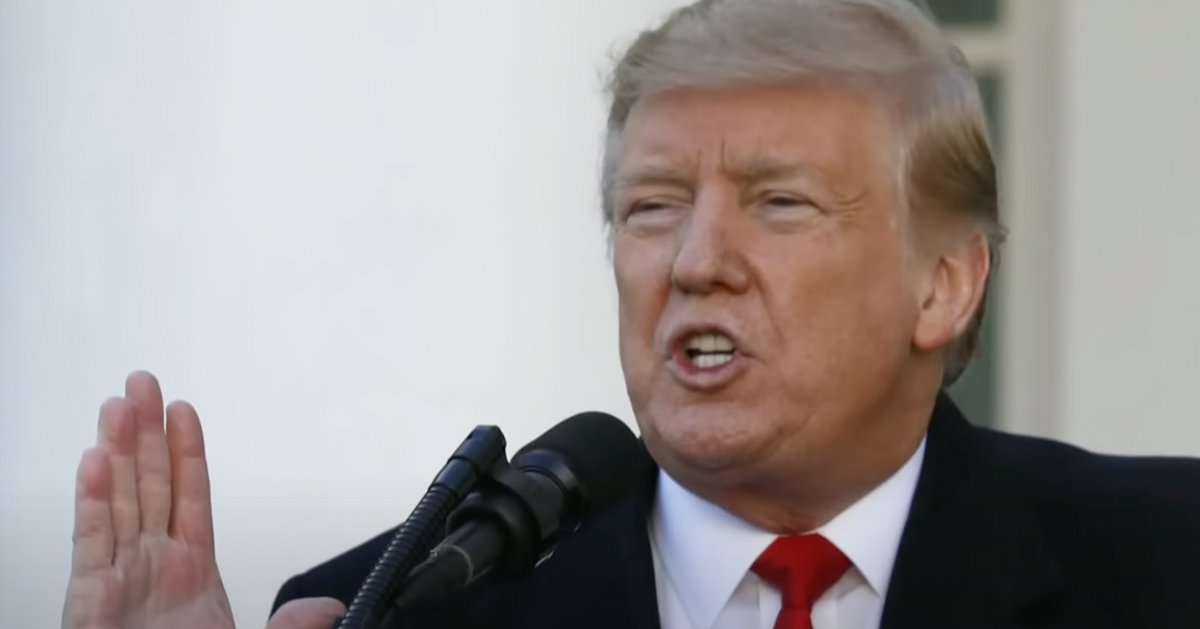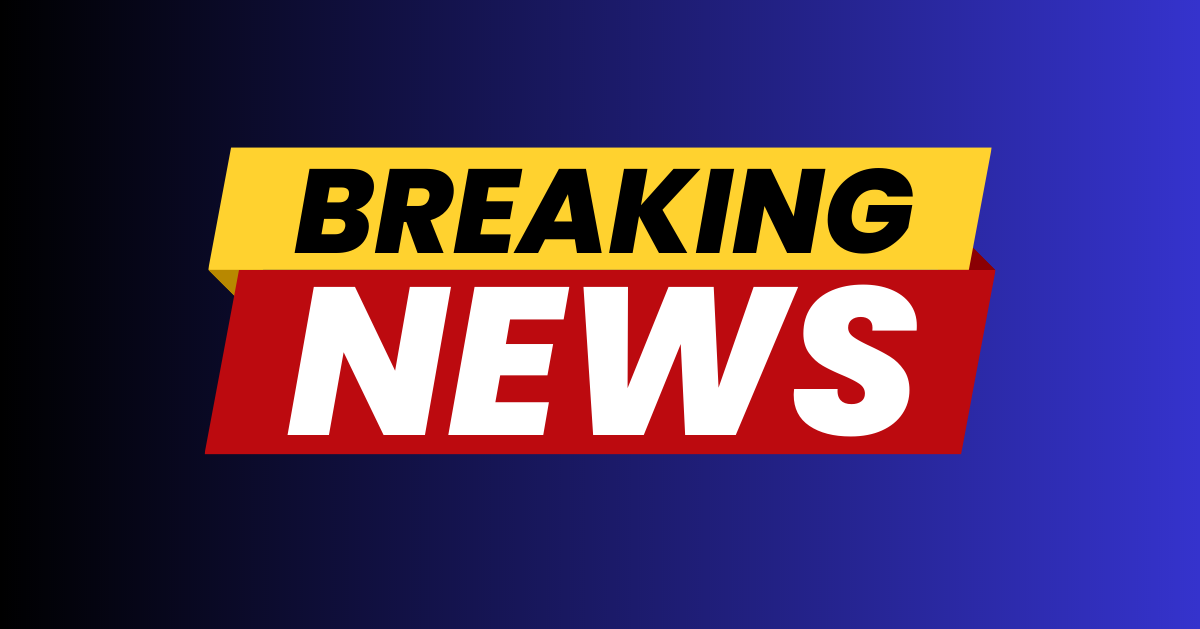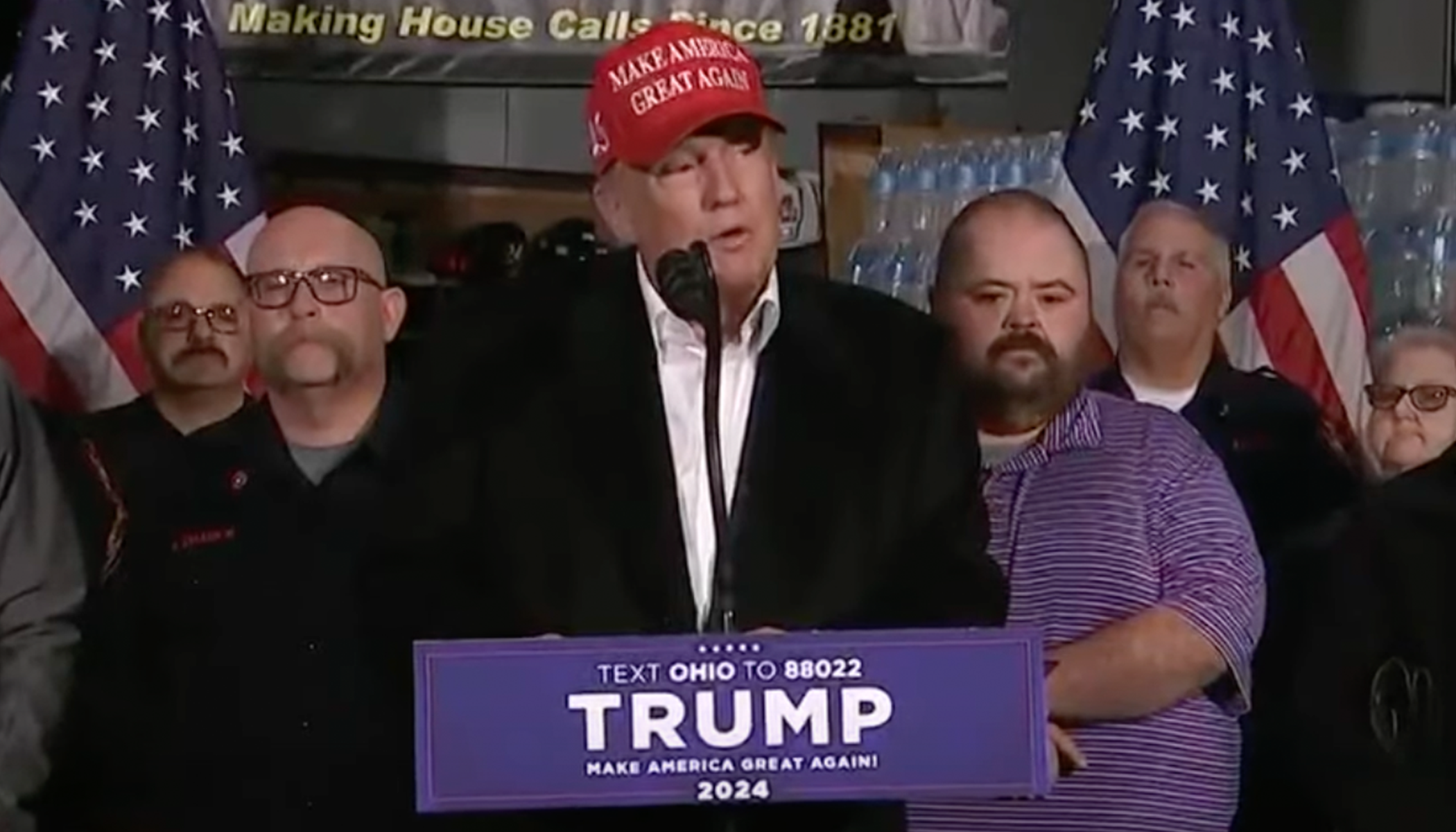Trump Gears Up with Plans for Extensive Executive Orders on Immigration
President-elect Donald Trump and Senate Republicans have laid out plans for a sweeping batch of executive actions, aimed largely at reshaping immigration and border security measures.
The proposals mark a significant pivot from President Joe Biden's policies, as Trump seeks to reinstate rigorous controls at the U.S.-Mexico border, as the Post Millennial reports.
On Wednesday evening, Trump held discussions with Senate Republicans, accompanied by top advisers. Their agenda included detailed plans for enacting upwards of 100 executive orders as soon as Trump assumes office on Jan. 20.
Central to these proposals are measures that directly address immigration and reinforce border security, underscoring Trump's commitment to rectify what he regards as deficiencies left by the outgoing administration.
Trump's Meeting Focuses on Border Security
A prominent figure in the meeting was Stephen Miller, one of Trump's key advisers, who emphasized strategies to restore Title 42, a public health regulation invoked during the COVID-19 pandemic.
This legal framework allowed for the rapid expulsion of individuals attempting to cross the border illegally, based on the potential spread of disease. The new administration's plans extend beyond Title 42, with a robust focus on leveraging the Immigration and Nationality Act.
This act empowers state and local law enforcement to assist in immigration enforcement, supplementing the duties traditionally performed by Immigration and Customs Enforcement (ICE). Trump's strategy signifies a shift towards enhanced cooperation between local authorities and federal immigration enforcement to expedite deportations.
Proposed Policies Set to Reverse Biden's Actions
During his speech, Trump pointedly addressed the current border situation, attributing ongoing challenges to President Biden and Vice President Kamala Harris.
His remarks were a direct critique of what he termed "the border debacle" under the current administration. Trump expressed commitment to resuming the construction of the U.S.-Mexico border wall, a project discontinued under Biden, but originally a cornerstone of Trump's first presidential campaign.
In contrast, the Biden administration took an approach that reversed several of Trump's immigration policies, extending temporary protections to certain countries facing crises, and changing regulations around asylum seekers.
Incoming strategies also consider reintroducing the "remain in Mexico" policy, a directive that was a hallmark of Trump's previous term, requiring asylum seekers to wait in Mexico while their U.S. applications are processed.
Reviewing Immigration Stance: Context Is Key
Biden's decision to shelve the border wall project and his adjustments to asylum policies coincided with the U.S. experiencing its most significant influx of illegal immigration in history.
This has been a focal point for the incoming administration's critique, framing current policies as insufficient to manage border security effectively. Alejandro Mayorkas, Homeland Security secretary under Biden, acknowledged the situation by advising migrants to delay their plans, although his comments have been interpreted in varying ways.
Meanwhile, the planned executive orders aim to create firmer ground for immigration control by reinstating former policies that Trump contends were successful during his prior administration. Each executive action reflects a deliberate move towards resuming stringent enforcement and barrier construction, emphasizing the proposed role of Title 42 and the strategic application of the Immigration and Nationality Act.
Transitioning Power and Adjusting Policies
As executive preparations continue, Trump's intention is clear: address existing issues he perceives in border management decisively and quickly from day one in office. His return to policy themes central to his presidency indicates a commitment not only to previous measures but also to introducing new facets to ongoing immigration challenges.
These meetings and policy proposals portray an administration ready to act decisively on immigration upon entering office, stabilizing border security with a planned legislative approach. Such moves underline the stark policy contrasts between the outgoing and incoming administrations, with a focus on rapid implementation.
Changes Expected on First Day in Office
The first day of Trump's anticipated administration promises swift shifts in policy, particularly with border security taking precedence. This vast array of executive orders underscores a strategic agenda to apply considerable resources and regulatory frameworks to immigration issues as Trump begins his term once again. With preparations well underway, the next few weeks could prove consequential for both domestic and international perceptions of U.S. immigration policy.
Trump's decisive stance on these matters makes it evident that immigration and border control remain high on his list of priorities. As the transition of power approaches, these discussions and proposals foreshadow a dynamic phase in U.S. political policymaking regarding immigration enforcement.






